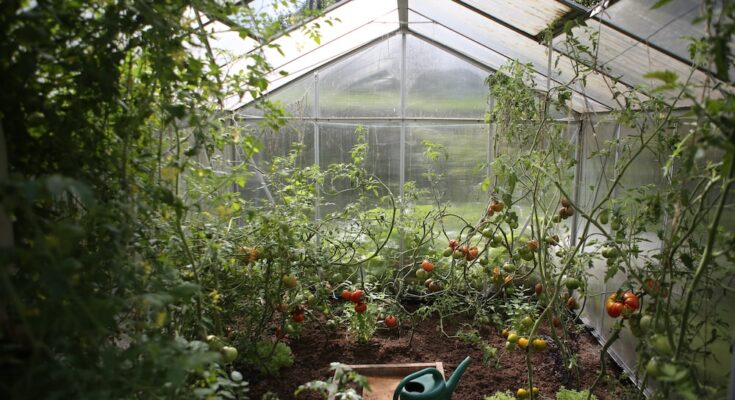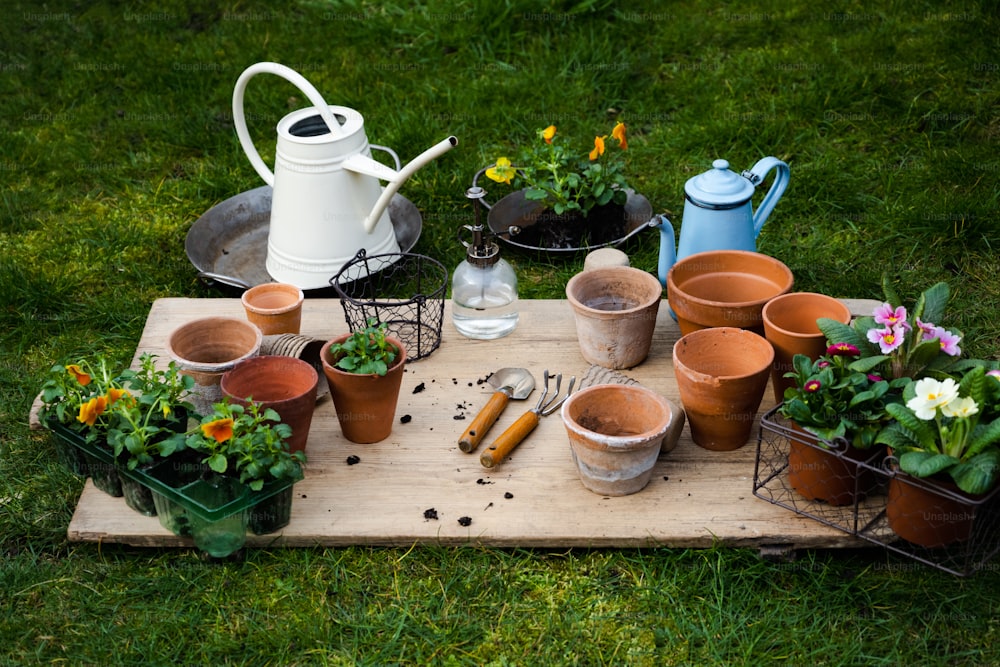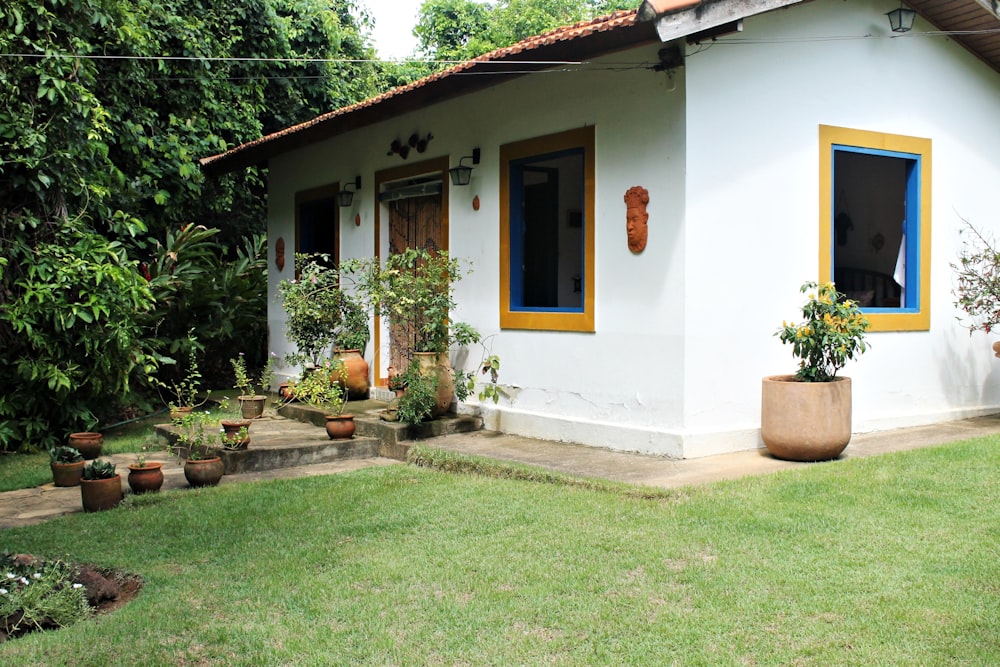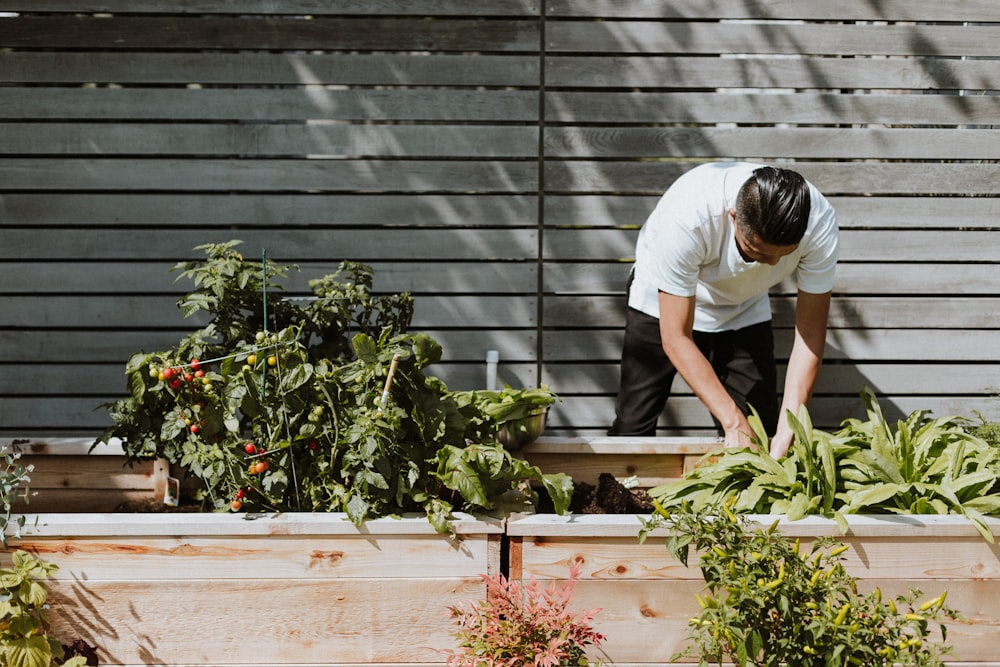[kc_row use_container=”yes” force=”no” column_align=”middle” video_mute=”no” _id=”484205″][kc_column width=”12/12″ video_mute=”no” _id=”327846″][kc_column_text]
How to grow your own food: Easy and simple tips
When you grow your own food, you have complete control over the growing process, including seed selection, soil management, pest control, harvesting, and composting. A garden can also offer a peaceful place to engage with nature and use your hands.
Gardening may be done on any scale, from a windowsill of kitchen herbs to a backyard vegetable plot, despite the forbidding nature of a home garden. With the right design, a home garden may easily satisfy the needs of busy lives and tight budgets.
Ready to start a garden? We have a lot of materials, like a step-by-step gardening guide and advice on choosing seeds, to help you get going.
Starting your garden
Image via Unsplash.com
Growing your own food can sound scary because it requires a lot of room, sunlight, and excellent soil, right? However, gardening can take many different forms, from a little patio or ledge planted with cherry tomato plants to a herb garden on a windowsill. The benefits of everyday plant maintenance—watering, weeding, and harvesting—are truly unbeatable fresh, homegrown goods.
All you need is a plan if you want to garden correctly. And fortunately for you, we have a step-by-step tutorial to help you create your garden from scratch. So spend some time planning this winter, and by summer you’ll be swimming in vegetables.
Inspect and know your place to grow food
To create a great garden layout, you must first analyze your available space. Does your backyard have abundant sunshine, steep slopes, or locations with a lot of tree roots? Even if you might want a full-fledged garden.
When choosing a garden location, there are several factors to take into account. The ideal garden has excellent soil, receives six to eight hours of direct sunlight each day, and has adequate room for the plants it will house. It is also a good idea to do a soil test beforehand to ensure that the soil will give the necessary nutrients and is not contaminated. Online retailers as well as possibly agricultural universities sell soil test kits.
Set some goals
Image via Unsplash.com
You should take your gardening objectives into account after assessing your available space. Consider how much time, money, and effort you want to invest in your plot. Some plants require more upkeep than others, so novice gardeners may choose to start modest and add more later if things go well.
Planting fruit in early spring
In a space of 12,000 square feet (1,100 m2), most fruit, including apples, oranges, lemons, and limes, can be grown on trees. Fruit trees should first be planted in pots so that the soil and water consumption can be observed. After a year, in the early spring, they should be transplanted to the ground. Most fruit trees need two to three years to begin producing fruit.
With a trellis that they can climb, vine fruits like grapes can be produced everywhere.
Grow winter grains
Image via Unsplash.com
Plant grains like rye if you live in an area with frequent precipitation and below-freezing temperatures. Rye can resist the icy conditions and torrential downpours that will occur in many parts of the world. Early in the autumn, before the first frost, sow your rye.
Typically, winter grains have a higher crop output than summer grains.
Know the sunlight to grow food
You need adequate sun exposure whether you’re gardening in your backyard, on your balcony, or in your bedroom. Many food plants, particularly fruit trees, need six hours of direct sunlight spread throughout the day.
To find the optimal garden location, create a solar map. Pay attention to how sunlight affects your entire planting area because it’s possible for some regions to receive both sun and shade at different times of the day. In order to acquire an exact annual image, it is frequently helpful to map your sun once per season because sunlight also varies throughout the year.
Selecting plants you want to grow
Image via Unsplash.com
You’re now prepared to decide which plants would work best for your edible garden after conducting all that study. Beans, squashes, root vegetables, fruit trees, berries, herbs and cruciferous veggies are all options if you have a yard. Herbs, tomatoes, peppers, onions, greens, and dwarf fruit trees are frequently preferred by container gardeners.
Instead of growing just one crop, think about cultivating a variety of vegetables. Gardens with a polyculture produce more than those with a monoculture. Additionally, you might want to consider scheduling some crop rotation during the growing seasons.
Buy your starter plants at a specialized nursery where the staff is educated about home food growing if you’d like professional advice on what to choose.
When selecting your plants, keep in mind the size of your pot. In small containers, peppers, herbs, kale, and greens can be cultivated in a garden with limited area. Contrarily, containers for beans, tomatoes, and cucumbers must have a minimum diameter of two feet.
Appropriate soil
You can plant food in your yard garden if it has deep, drained soil of high quality. Instead, you could choose to use pre-purchased soil in raised beds (much like container gardeners). Wherever you produce, employing premium organic soil will make a difference.
Although quality soil is not cheap, it is a wise investment for novice gardeners. Keep in mind that unlike topsoil for ground gardening, which remains stable year after year, potting soil decomposes over time. You’ll need to top out your pots with dirt after the first year.
Using right tools to grow food
Nothing is more annoying than attempting a task with the incorrect widget. Pruners, watering cans, and trowels are examples of garden tools that make elbow grease much easier and more fun. Keep your gloves handy, and wash your hands immediately after handling soil.
Know how to water
Image via Unsplash.com
Deep, infrequent watering promotes root growth rather than frequently feeding your plants with a small amount of water. However, if the top two inches of soil are dry, you may still need to water up to twice daily, especially if you live in a hot area or your plants are in terracotta pots (which dry out more quickly than glazed pots).
USEFUL LINKS:
Check out this amazing guide on growing food
See how to make your garden greener
[/kc_column_text][/kc_column#][/kc_row#]
[/kc_column_text][/kc_column][/kc_row]









